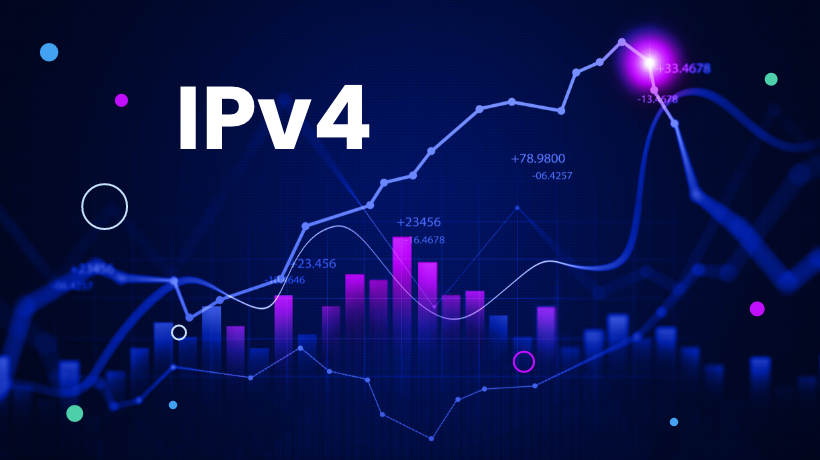Home Assistant is a popular platform that helps people automate and control smart devices in their homes. It brings together various gadgets, making it easier to manage everything from lights to security systems in one place. For Home Assistant to work smoothly, reliable network connectivity is essential, as it depends on stable communication between devices. Although newer internet protocols are emerging, IPv4 remains widely used in most home networks today. This blog aims to guide users through home assistant enable IPv4 and fixing common network issues in Home Assistant, ensuring their smart homes run without interruption.
Importance of Home Assistant Enable IPv4
IPv4 support is significant to Home Assistant since it is one of the most popular protocols among smart devices and home networks. IPv4 offers a robust and reliable method for the communication and exchange of information among devices. When IPv4 is not enabled, there might be some difficulties in detecting Home Assistant and control devices.
IPv4 is the basis of many routers and network configurations. By activating it, you will experience a more compatible and easier work of this protocol. Having IPv4 enabled, users can eliminate the problems of sluggish connections and slow slots of their devices and ensure a stable experience of using smart homes. This small act will help in ensuring that your smart machines collaborate with each other well and that your home automation does not go down.
Common Networking Issues Affecting Connectivity
Before purchase IPv4 addresses you should be aware of its connectivity issues. Problems with networks are common and may affect IPv4 connections, cause inefficient communication and work. Poor configuration of a device is something common. In this condition, a device fails to receive an IP address and hence fails to attach to the network.
The other problem is the IP address conflict. This means two devices have been using the same IP, and this disrupts the functioning of both devices. Such incorrect settings of subnet mask or gateway might also be used to ensure that the devices do not reach the correct destinations or never access external networks.
Moreover, the issues of the DHCP server are also common. This is used to distribute IP addresses, which may result in the delay or impossibility of receiving appropriate network parameters. Reporting such problems as soon as possible can also ensure better and effective IPv4 access.
Basic Network Troubleshooting Steps for Home Assistant
Verify Physical Network Connections
First, secure all physical connections. Check the wiring of the Ethernet cable and ensure they are connected properly. In Wi-Fi, you should view the signal strength and make sure that the device is in range of the router. Connectivity issues can arise because of a bad or loose connection.
Confirm Home Assistant Configuration
Check that Home Assistant is installed correctly with DHCP or with a fixed IP. In case of DHCP, the gadget should acquire an IP address automatically through the router. On static IPs, confirm the address, subnet mask and gateway. This helps to make sure they suit the needs of your network. Always take assistance from the best IPv4 broker when confirming the configuration.
Ping the Home Assistant IP
On the computer terminal of another device on the same network, type ping in front of the IP address of the Home Assistant. The failure of ping may mean that there was a problem with the network or configuration. A string of successful pings proves that the device is accessible and is responsive on the network.
Check Router DHCP Leases and Reservations
Access your router’s DHCP lease table to see which devices have been assigned IP addresses. Verify that Home Assistant appears in this list. Also, review any IP reservations to ensure Home Assistant has a reserved address if using static IP settings, preventing conflicts with other devices.
Restart Network Services on Home Assistant
Sometimes, restarting network services on the Home Assistant device can resolve connectivity problems. This refreshes its network connection and can help apply any recent changes. Restarting may clear temporary issues affecting communication with the router or other devices.
Check for IP Conflicts on the Network
IPv4 for sale conflicts happen when two devices use the same IP address, causing connection interruptions. Scan your network for duplicate IPs and resolve disputes by assigning unique addresses. Ensuring no overlap prevents communication errors and keeps the network stable for all devices.
Preventive Tips to Avoid IPv4 Network Issues with Home Assistant
To avoid IPv4 network problems with Home Assistant, keep the device and your router firmware and software updated as a precautionary measure against compatibility and security issues. Install DHCP reservations whenever available to prevent address conflicts. Check your network on a regular basis to identify IP conflicts and rogue devices in real-time.
Make sure to back up your network settings and home assistant settings regularly. Maintaining clean records of your network configuration also contributes to quicker troubleshooting. This means that your smart home system would work flawlessly and continually.
Unlock Seamless Connectivity with IPv4 TradeHub: Your Trusted Partner
Ready to expand your network or scale your digital infrastructure effortlessly? IPv4 TradeHub offers a secure, reliable platform to sell, lease and buy IPv4 address with confidence. Whether you are a business looking to grow or a network professional seeking flexible solutions, IPv4 TradeHub connects you to the right resources fast. Don’t let IP shortages hold you back, join IPv4 TradeHub today and future-proof your network!
